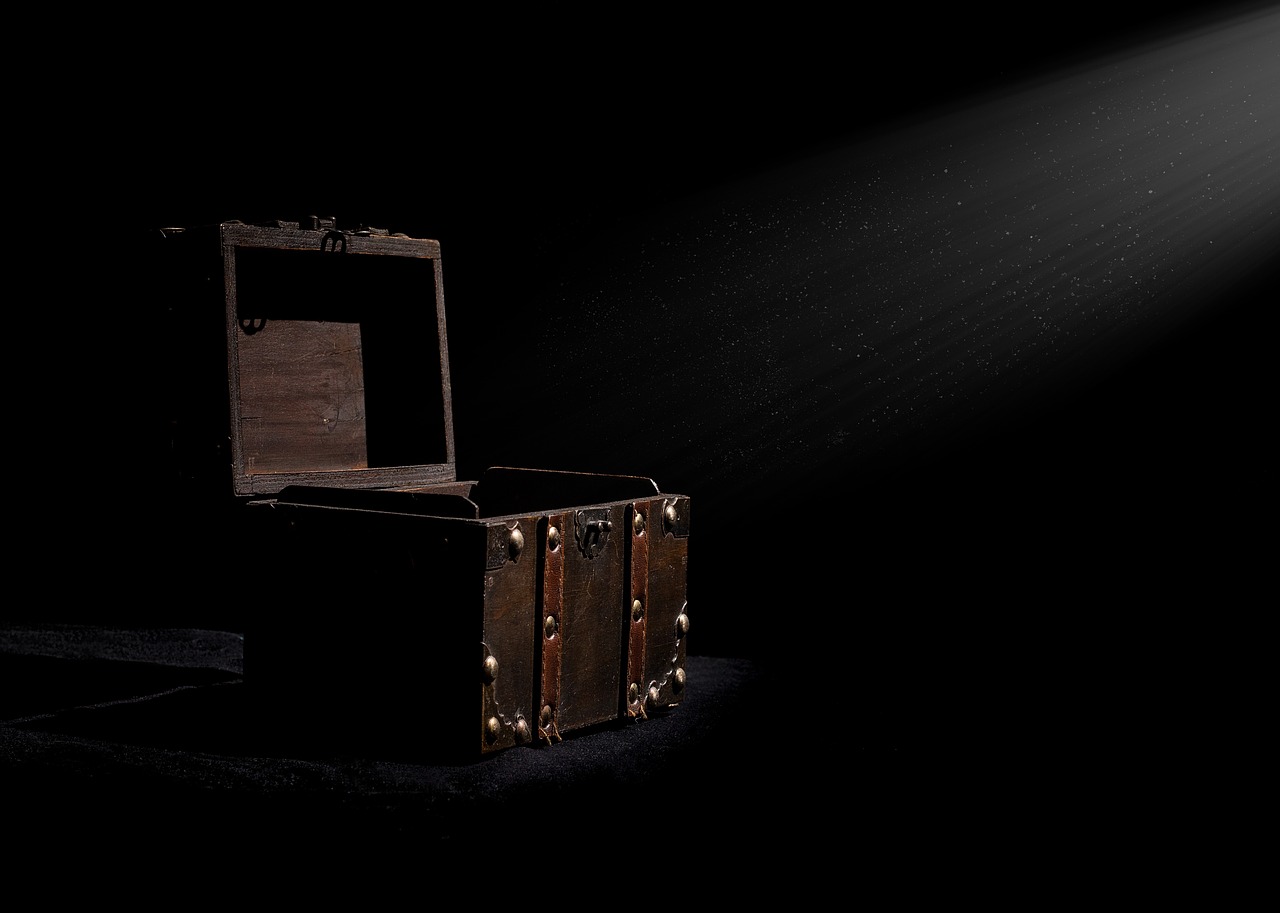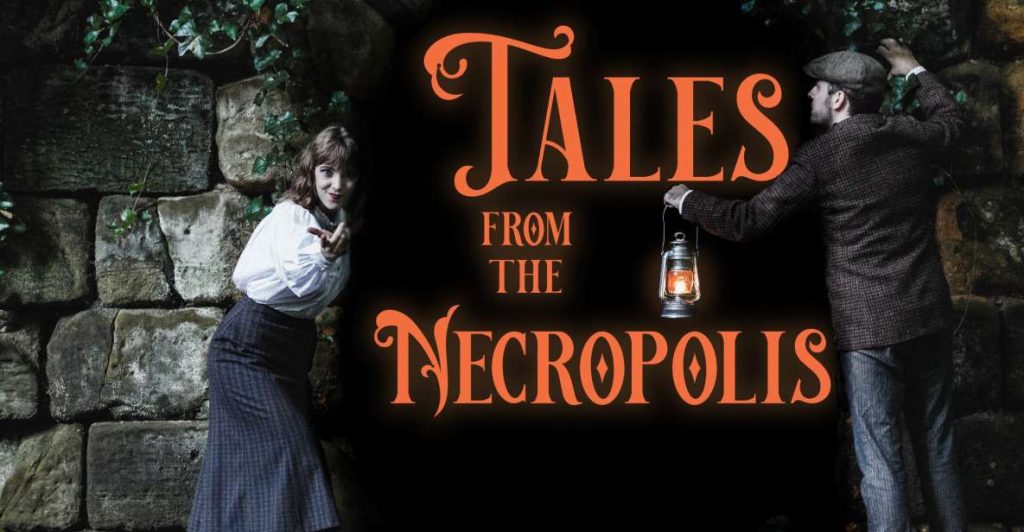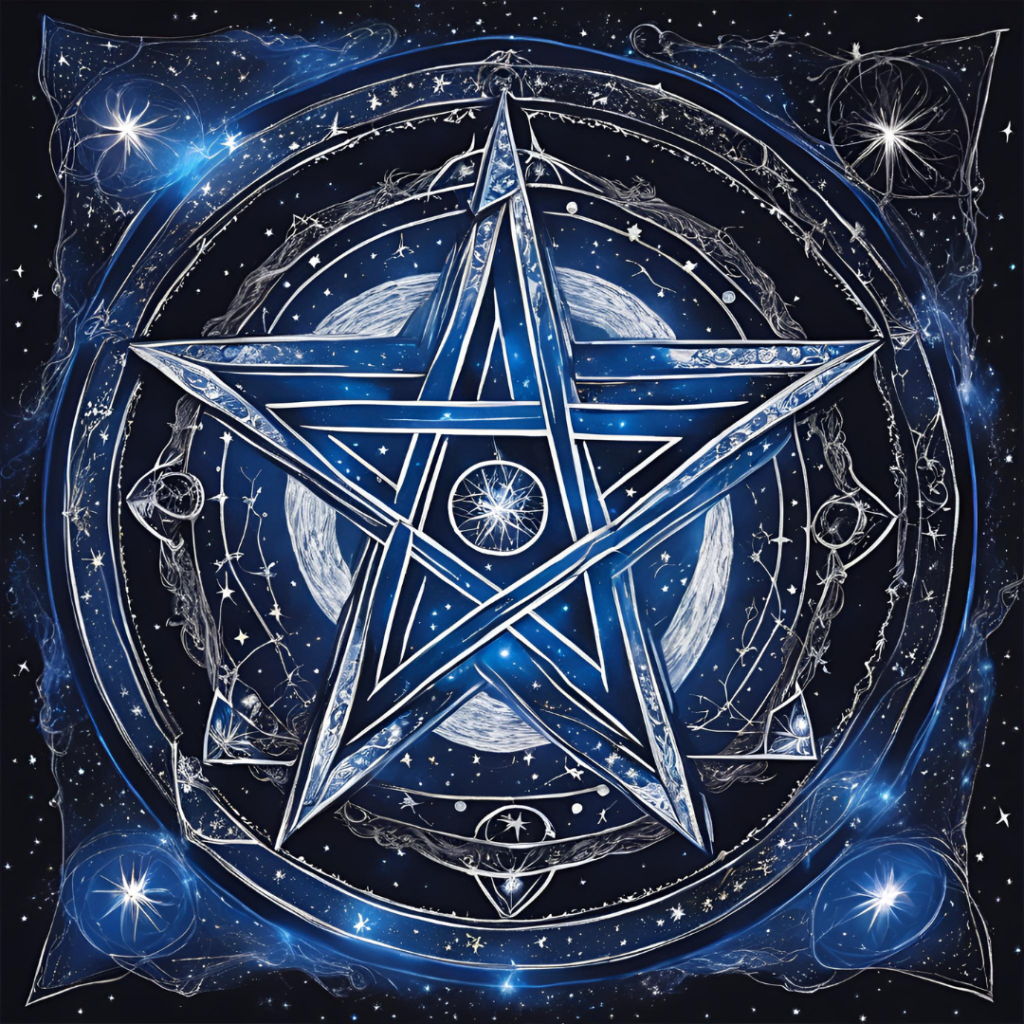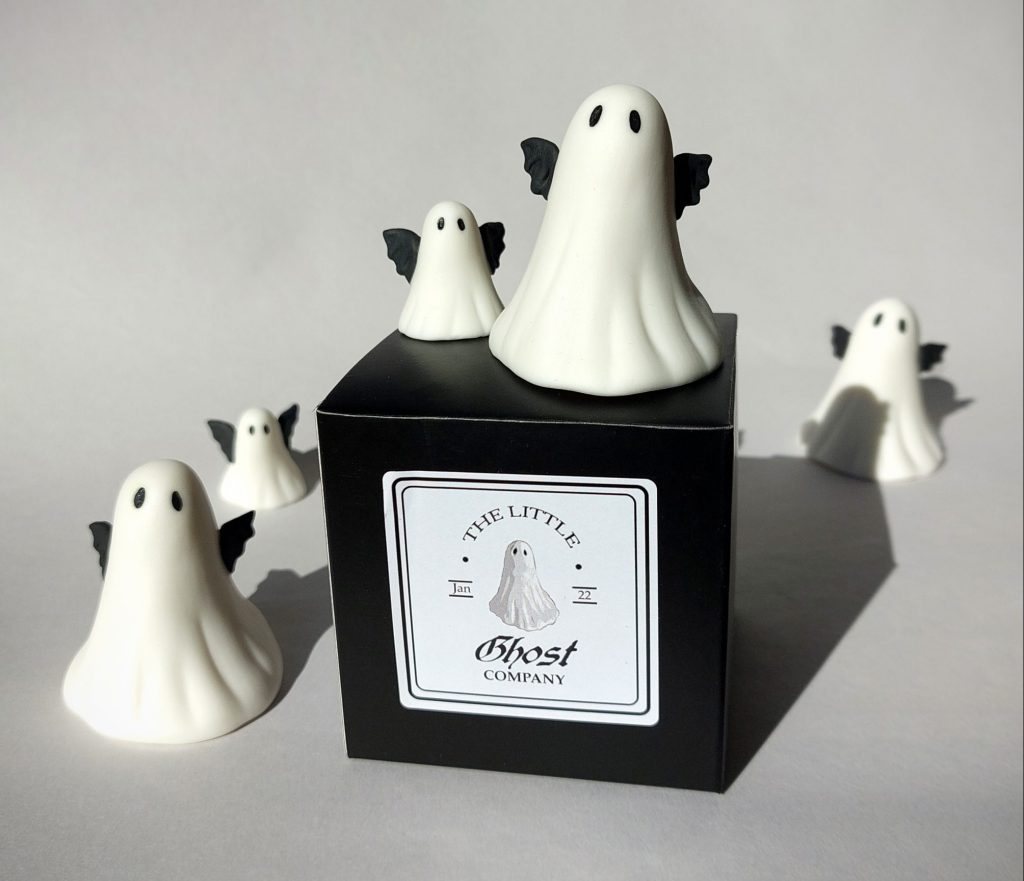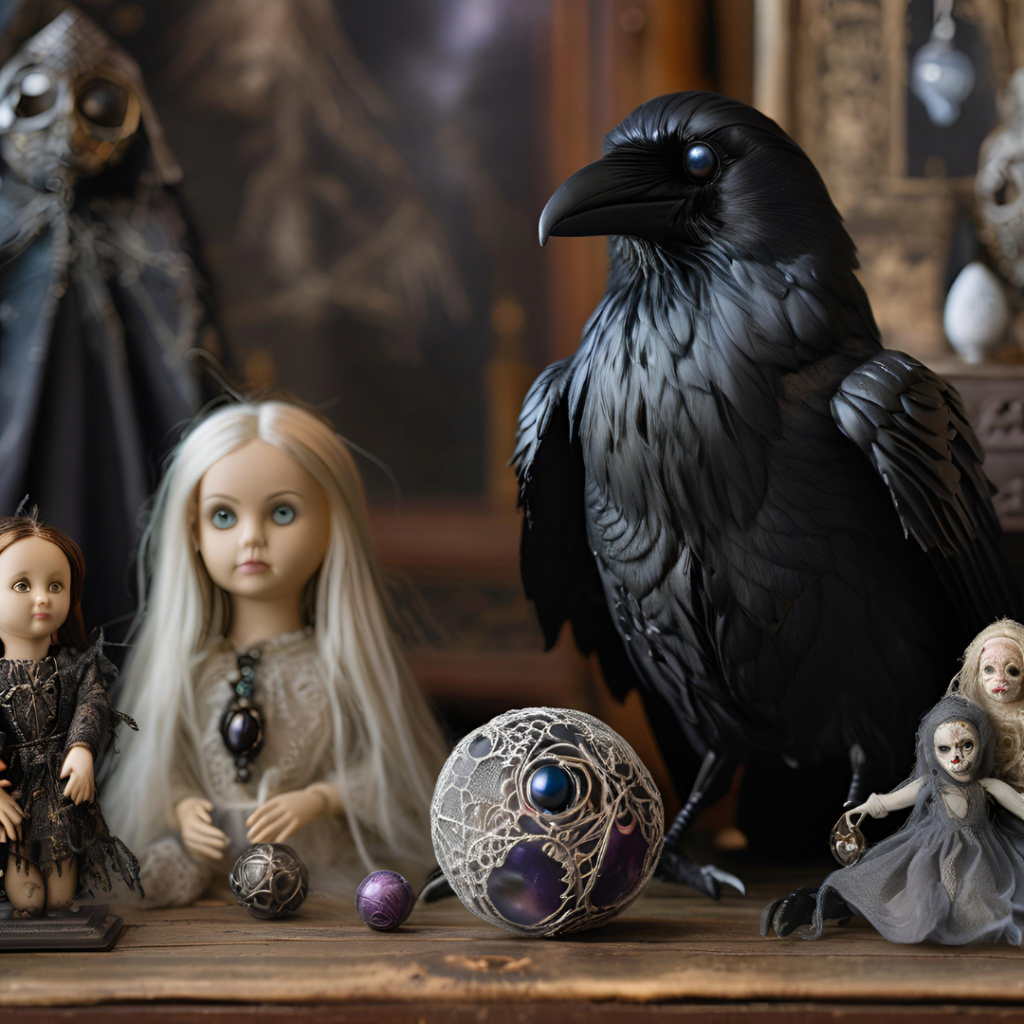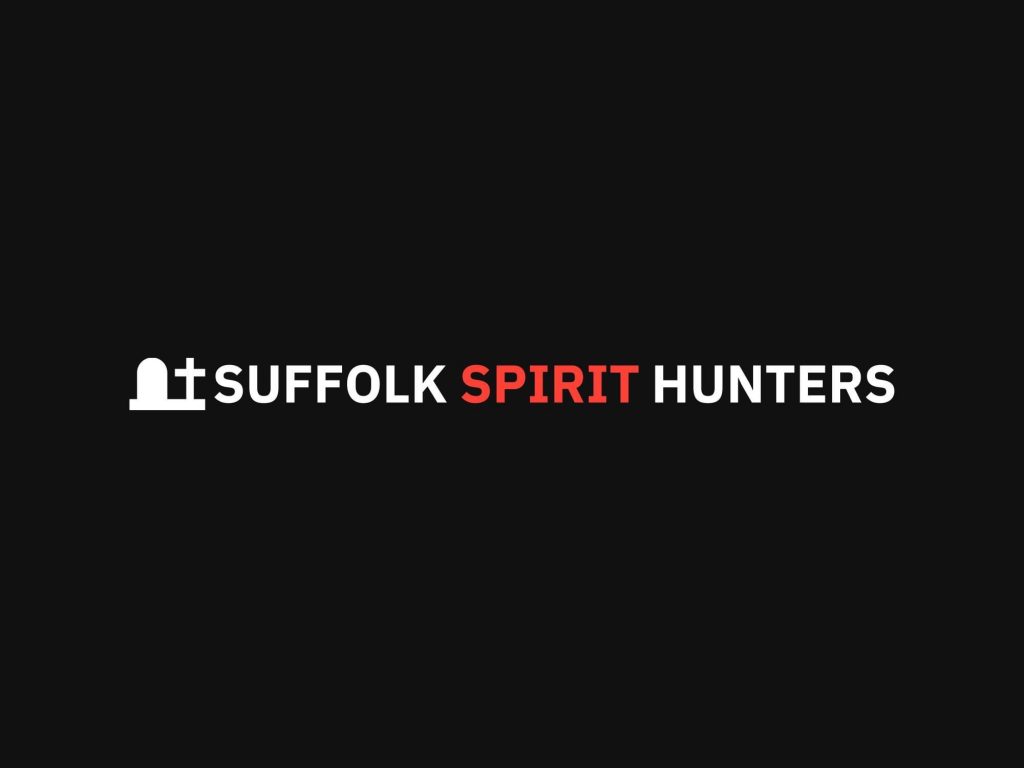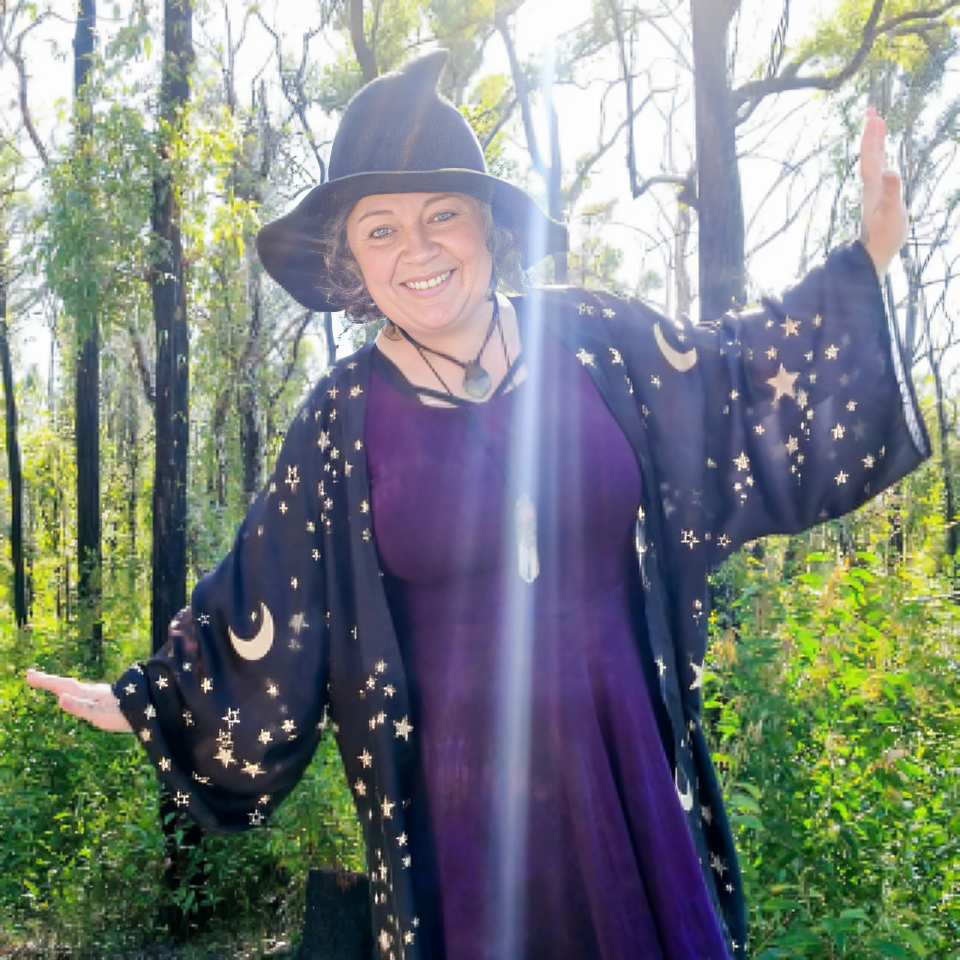Have you ever heard of a Dybbuk box? This mysterious and intriguing object has captured the imagination of many, but what exactly is it? In this blog post, we will explore the origins, history, and stories surrounding the Dybbuk box, as well as its cultural impact and the views of sceptics.
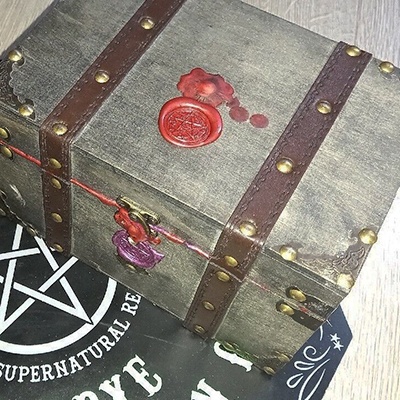
So What Exactly is a Dybbuk Box?
At the heart of many a chilling tale lies the Dybbuk box, a concept steeped in mystery and intrigue. But what constitutes a Dybbuk box? Essentially, it is a wine cabinet believed to be the dwelling of a Dybbuk, a spiteful spirit from Jewish folklore known for its malevolence and penchant for possession. The box serves as a containment vessel for this restless entity, which, according to lore, harbours the potential to wreak havoc on the lives of those who dare to unleash it.
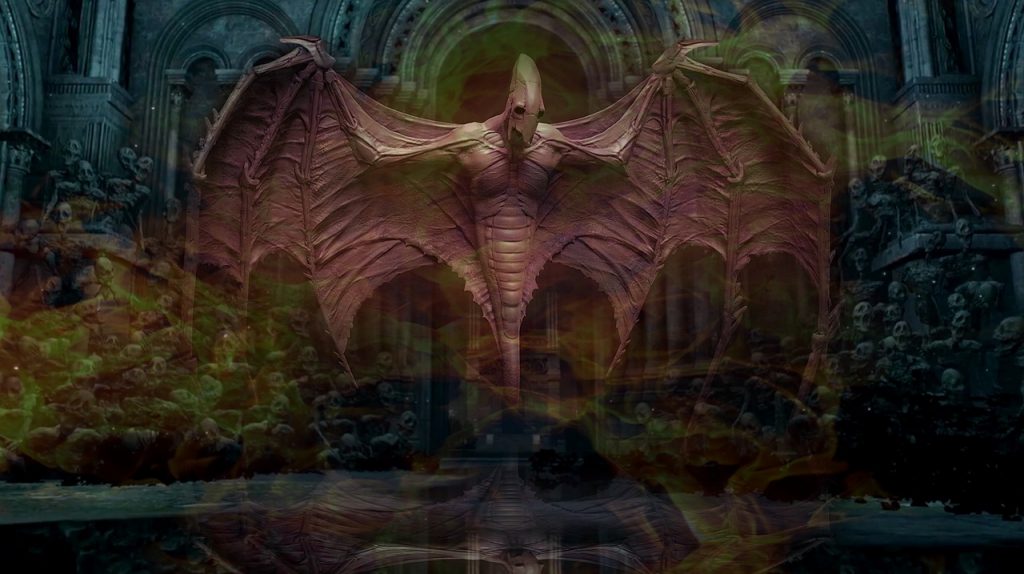
The notion of a Dybbuk – a term deriving from the Hebrew word for ‘cling’ – is deeply rooted in Jewish mysticism, reflecting the belief in spirits capable of attaching themselves to the living and the inanimate. The Dybbuk box then is not merely an ordinary piece of furniture; it represents a physical threshold between the corporeal and the spiritual, a gateway through which a Dybbuk might affect the material world.
The lore suggests that the act of opening a Dybbuk box can set into motion a series of unfortunate events, attributed to the freed spirit’s influence. This might manifest through unexplained phenomena, psychological distress, or even physical ailments. The box is typically sealed or bound in some manner, hinting at the caution one must exercise to avoid inadvertently inviting the Dybbuk’s malevolence into their life.
Intriguingly, the physical attributes of a Dybbuk box can vary, with no single design defining its essence. Instead, it is the box’s purported history and the stories of its past keepers that imbue it with its fearful reputation. Whether fashioned from wood, metal, or another material, each Dybbuk box is unique, bound by the common thread of its supposed supernatural occupant.
The History and Origins of the Dybbuk Box
The story of the Dybbuk box is a fascinating journey into the heart of Jewish mysticism and folklore, where it finds its roots. This mystical object is tied to the belief in malevolent spirits, known as Dybbuks, which are thought to have the ability to possess the living or attach themselves to objects. Whilst the notion of spirits and their interactions with the physical world is a recurring theme in many cultures, the Dybbuk brings a unique perspective from the rich tapestry of Jewish traditions and stories.
Our exploration into the origins of the Dybbuk box reveals that it doesn’t have a single, ancient beginning, but rather its concept has evolved over time, gaining significant popularity and curiosity in the modern era. The story took a particularly captivating turn in the early 21st century, when Kevin Mannis brought the term ‘Dybbuk box’ into the public consciousness through the sale of a haunted wine cabinet on eBay. His account of bizarre occurrences and unsettling experiences linked to the box captured the imagination of many, weaving the first thread of what would become a complex tapestry of tales surrounding these mysterious objects.
Prior to this, the idea of a container designed specifically to trap a Dybbuk was more of a novel interpretation rather than a documented historical artefact. Yet, the blend of the idea with actual Jewish practices of creating boundaries and protections against malevolent forces lends it an air of authenticity and intrigue. This blend of folklore, personal anecdotes, and cultural practices has led to a rich narrative that continues to fascinate and inspire discussions, investigations, and creative explorations around the globe.
Famous Dybbuk Box Incidents and Stories
The lore of the Dybbuk box is rich with eerie tales and spine-tingling incidents that have both fascinated and alarmed those who’ve encountered them. Among these, the story of Kevin Mannis, the man who popularised the term ‘Dybbuk box’, stands out. After acquiring a wine cabinet at an estate sale, Mannis and subsequent owners reported a series of unnerving experiences, from haunting nightmares to inexplicable maladies, fuelling the mystique of these objects. Another gripping account involves a Missouri-based university student, who after purchasing a Dybbuk box, claimed to be plagued by disturbing dreams and a series of unfortunate events, culminating in the box’s swift sale.
Equally compelling are tales from those who’ve bravely displayed Dybbuk boxes in public. Jason Haxton, the owner of a Dybbuk box which inspired a Hollywood film, reported a range of bizarre health issues upon acquiring the box, only resolved upon its containment and burial. These stories, whether rooted in the supernatural or the power of suggestion, underscore the Dybbuk box’s peculiar allure and its impact on those it touches.
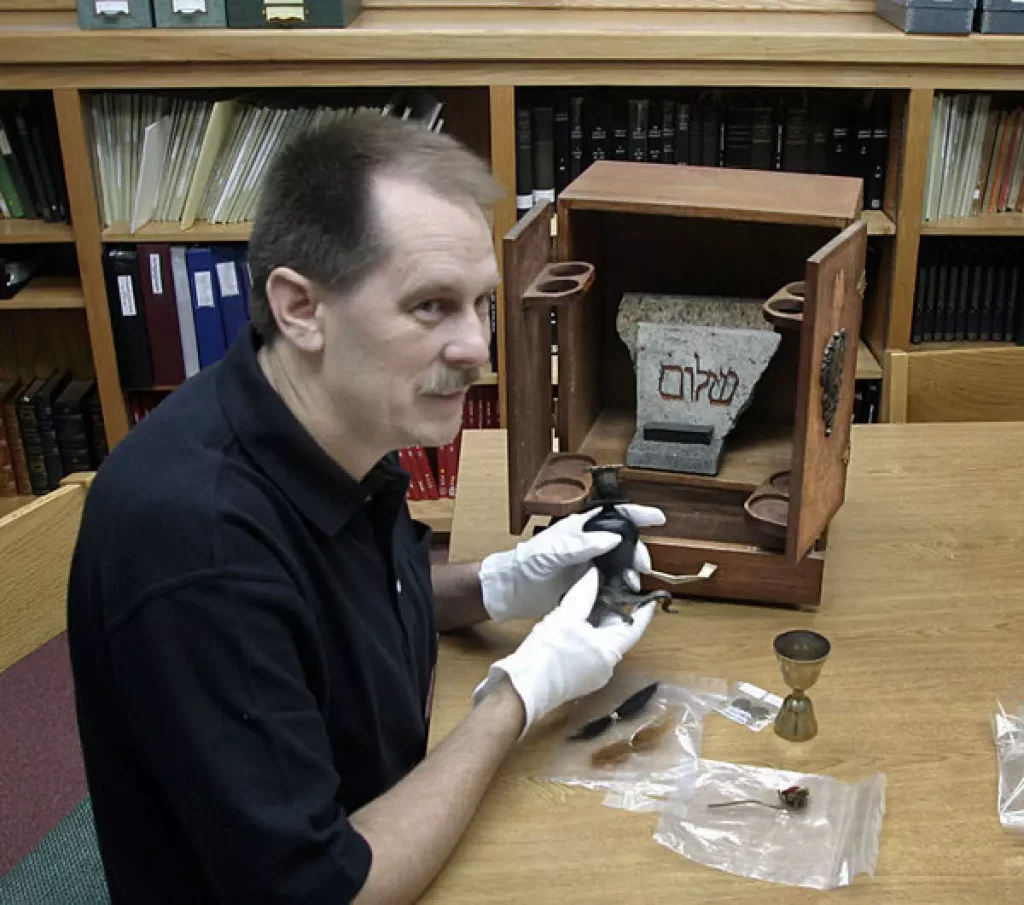
The allure of these stories lies not just in their supernatural elements but also in their capacity to connect us to the profound and often unexplored aspects of human experience. Skeptics and believers alike can’t help but be drawn into the narrative web these boxes weave, illustrating our enduring fascination with the unknown.
The Cultural Impact of the Dybbuk Box
The Dybbuk box has transcended its origins in Jewish folklore to become a phenomenon that captivates a global audience, symbolising the enthralling blend of mystery and horror that appeals to the human psyche. Its journey from a relatively obscure myth to a cornerstone of paranormal pop culture showcases how stories, when intertwined with the unknown, can spark widespread fascination. The narrative of the Dybbuk box has been artfully incorporated into various forms of media, from spine-chilling novels that weave tales of haunted pasts to blockbuster films that bring the eerie legend to life on the silver screen. Television series have not shied away from the theme either, often featuring episodes that explore the haunting allure of the box, inviting viewers to question the boundaries between reality and the supernatural.
This cultural embracement has not only made the Dybbuk box a subject of intrigue but has also ignited conversations about the nature of belief, fear, and the supernatural in contemporary society. Horror enthusiasts find in the Dybbuk box a perfect amalgamation of folklore and thrill, whilst paranormal investigators are drawn to the challenge of deciphering the truth behind the tales. The Dybbuk box serves as a compelling example of how folklore can evolve and integrate into modern culture, inspiring a blend of curiosity, scepticism, and, at times, fear, thereby cementing its status as a modern mythological icon.
The Skeptics View
There exists a group of sceptics who cast a more critical eye on these mysterious objects. These individuals, often armed with a rational approach to the unexplained, suggest that the phenomena associated with Dybbuk boxes might well have more mundane explanations. They posit that psychological effects, such as the power of suggestion, could account for the experiences reported by those who’ve come into contact with these boxes. After all, the human mind is highly susceptible to influence, especially when primed with eerie stories and the expectation of paranormal activity.
Sceptics also highlight the absence of empirical evidence to substantiate the claims of haunting and possession tied to these artefacts. From their perspective, the narratives surrounding Dybbuk boxes could be embellished or even fabricated, serving as compelling tales rather than accounts of genuine supernatural occurrences. The critical viewpoint raises interesting questions about the nature of belief and the ways in which stories of the supernatural are perpetuated and embraced.
While the debate between believers and sceptics continues, this dialogue adds a fascinating layer to the Dybbuk box legend, encouraging a deeper exploration of the boundaries between myth and reality.
Collectors, Exhibitions, and the Internet
The allure of the Dybbuk box has not only captivated the hearts of those with a penchant for the mysterious but has also attracted a diverse group of collectors. These individuals, driven by fascination or perhaps a desire to unlock the box’s secrets, have gone to great lengths to acquire these objects, with some willing to invest substantial sums. Their interest doesn’t stop at private collections; many choose to share their intriguing finds with the public through exhibitions or by loaning them to museums. Such displays offer a tangible connection to the tales and traditions of the Dybbuk box, inviting visitors to step closer into its enigmatic world.
Moreover, the internet has proven to be a fertile ground for the proliferation of stories and discussions surrounding the Dybbuk box. Online communities thrive on exchanges about personal experiences, theoretical insights, and spirited debates between believers and sceptics. Social media, in particular, has amplified the reach of these narratives, allowing them to transcend geographical and cultural boundaries. Blogs, forums, and platforms like YouTube serve as vibrant spaces for sharing and exploration, further embedding the Dybbuk box into the fabric of contemporary folklore. This digital dialogue continues to help our understanding of the Dybbuk box, making it a subject of endless fascination and speculation in the modern age.
See Spirit Shack Here for some Haunted items for sale including Dybbuk Boxes

